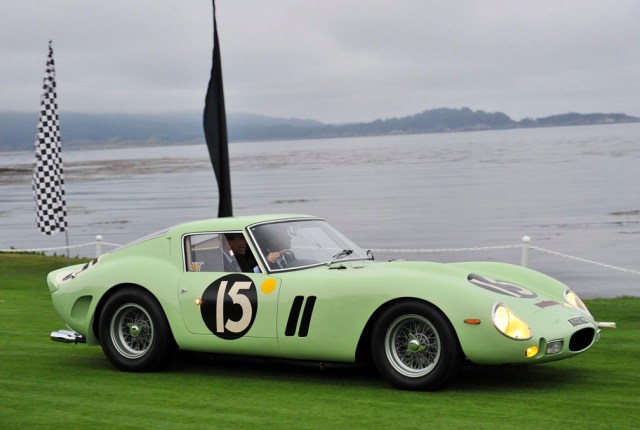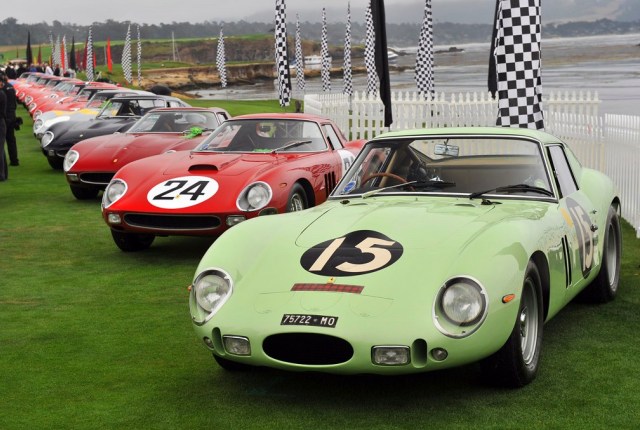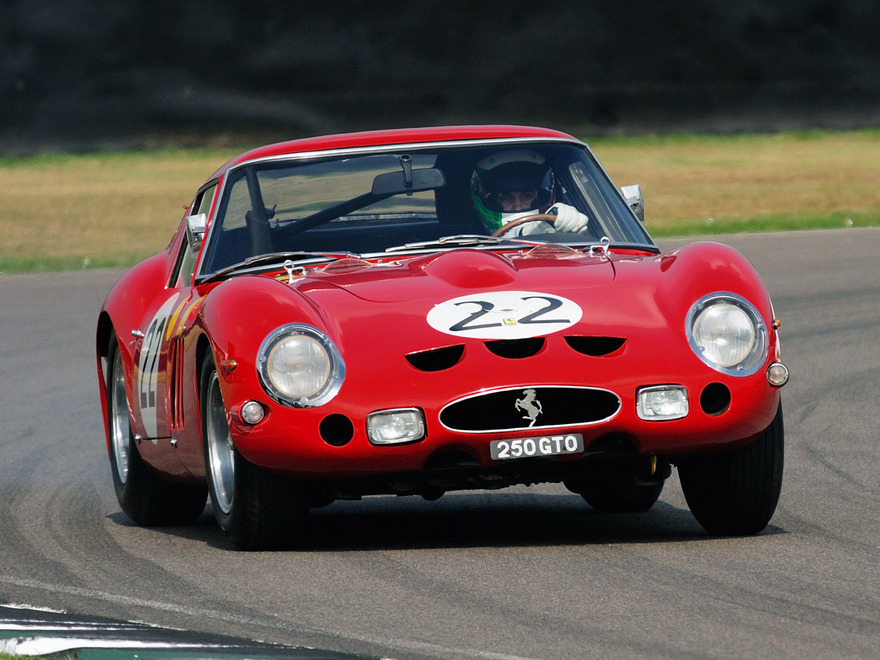The Italian opera star personally heard one of the famous racing drivers call this car the quintessence of all Ferrari models. The most beloved of Enzo’s queens, the most perfect one, it was first revealed during the 1962 Paris Motor Show. “The world's most desirable and expensive car”, they used to say and still say it now about the Ferrari 250 GTO. Its life went by in the glitter of numerous victories and was steeped in myths about the large number of its replicas.
The story of this model began in 1954 when 250 GT Europa originated an entire range of exclusive Ferraris — GT racing cars. GT stands for Gran Turismo or Grand Touring and the letter O is for Omologato (Homologation).
The very first race at Le Mans that season ended up in failure due to a broken driveshaft. The car had to retire after leading the race for four hours. In the race at Montlhéry held the same year Ferrari 250 GT Breadvan was third behind two 250 GTO cars.
Enzo Ferrari tried to make something already perfect to be even more perfect. He combined utility and safety together with incredible power and beauty. The car’s interior was utterly simple. A side-mounted speedometer played second fiddle as the central part of the dashboard, right in front of the driver, was taken by a huge tachometer. Some of the switches came from Fiat 500 and they used boiler
suit material for upholstery.
250 GTO became the last Ferrari with the front-mounted engine and the evolutionary triumph of the 250 GT SWB model. The company’s chief engineer Giotto Bizzarrini used the 250 GT SWB chassis and combined it with the 2.953-litre (3.967-litre for the North American market) V12 engine with a light-alloy block of cylinders and six (!) carburettors Weber 38 DCN from the version 250 Testa Rossa. The weight distribution by the axes was improved by moving the engine back and its lower location which affected the handling. The engine was upgraded up to 300 hp (at 7400 rpm), the acceleration to 100 km/h was taking 5.6 sec, and the top speed of 250 GTO was 265 km/h. The car was nicknamed “Italiano Rosso Corsa” among car drivers.

And now it’s the most desirable front-engined Ferrari among all automobile collectors. In 2008 one of such cars was sold at auction for the price of $28.5 million. And in 2012 the legendary sports car 1962 Ferrari 250 GTO set the world record — it was acquired privately at $35 million thus becoming the most expensive rare car in the world. This record was beaten only by the outstanding Bugatti Atlantic (its price was $40-$50 million). At the moment the price of the car is set around $15,000,000. There are only 36 of them and it’s a membership club each member of which holds a special position among collectors...

In 2004 the famous American magazine Sports Car International called 250 GTO the best sports car ever. Moreover, one of the oldest automobile magazines Motor Trend Classic placed this model first among all Ferraris.
All in all, only 36 Ferrari 250 GTO cars were originally produced. Each of 36 owners of GTO 250 was personally chosen by Enzo Ferrari and his representative in the North America Luigi Chinetti. As a result, right now the average price of each vehicle is about $5 million. At the same time, there are a lot of 250 GTO replicas with most of them converted from other more widely spread Ferrari 250 GT modifications. In 1984 Ferrari 288 GTO became the successor of 250 GTO.
All 36 cars are considered “alive” as of today and some of them still take part in Monterey Historic Races at Laguna Seca.
After two utterly successful seasons Enzo Ferrari felt the need to replace 250 GTO. And the reason for that was the big Cooper which presented the mid-engined car in Formula 1.
Other modifications of Ferrari 250 GT were produced at that time: Zagato Ferrari 250 GT Berlina (1956), Zagato Ferrari 250 GT Coupe Corsa (1956), Zagato Ferrari 250 GT Competizione (1957), Ferrari 250 GT Coupe (1958), Ferrari 250 California Spider (1960–1963), Ferrari 250 GTE 2+2 (1960–64), Ferrari 250 GT Bertone (1961), Ferrari 250 GTE (1963), Ferrari 250 GT SWB Sperimentale (1959).
All of them attained fame of iconic cars, are worshipped by Ferrari fans and serve as great investment for their owners. By the way, one of Enzo Ferrari’s last queens belongs to Pink Floyd drummer Nick Mason.
Photo: www.autonavigator.ru, www.carmotif.com










